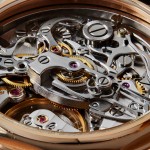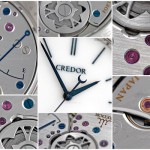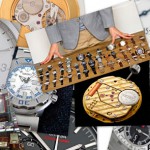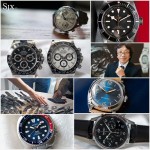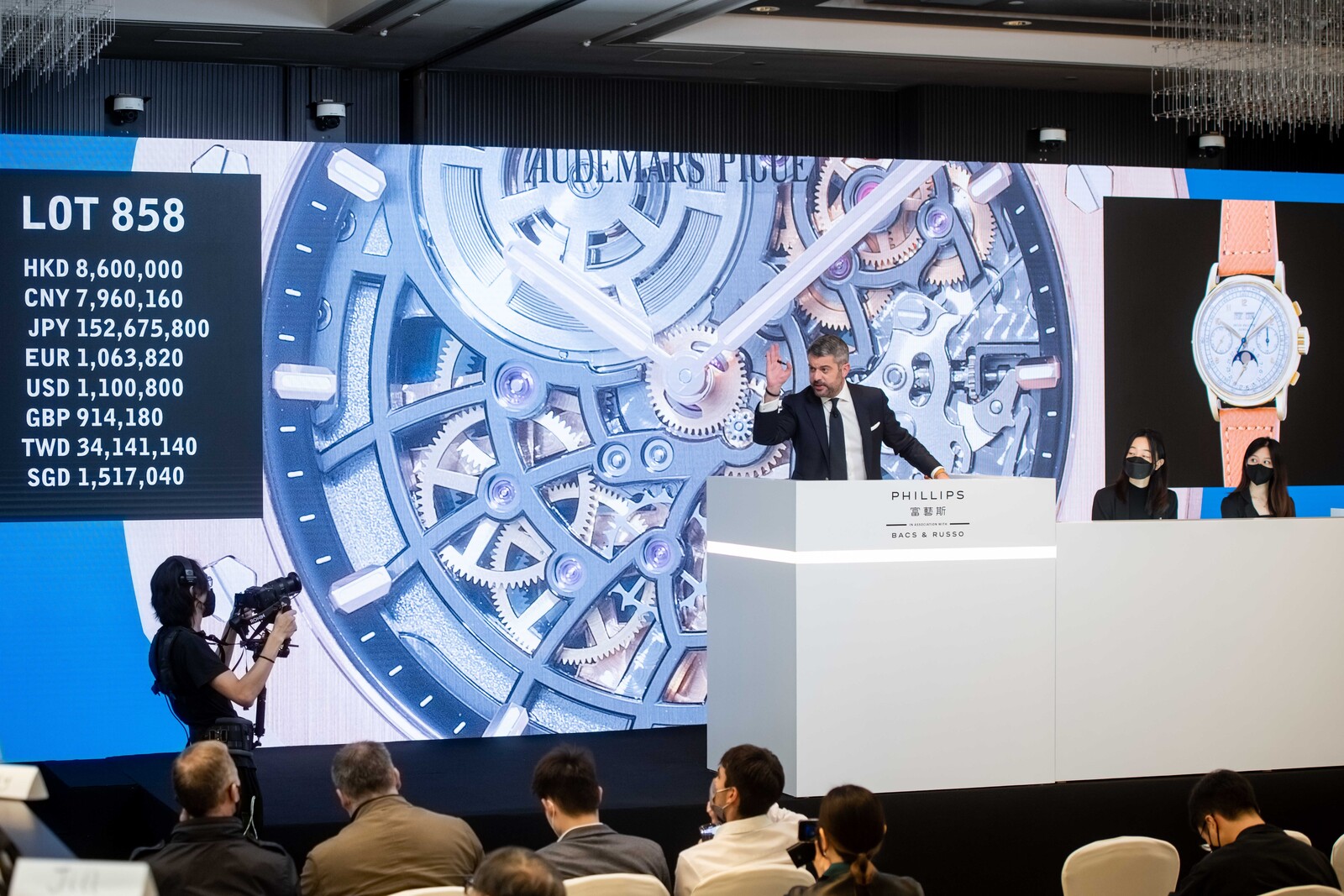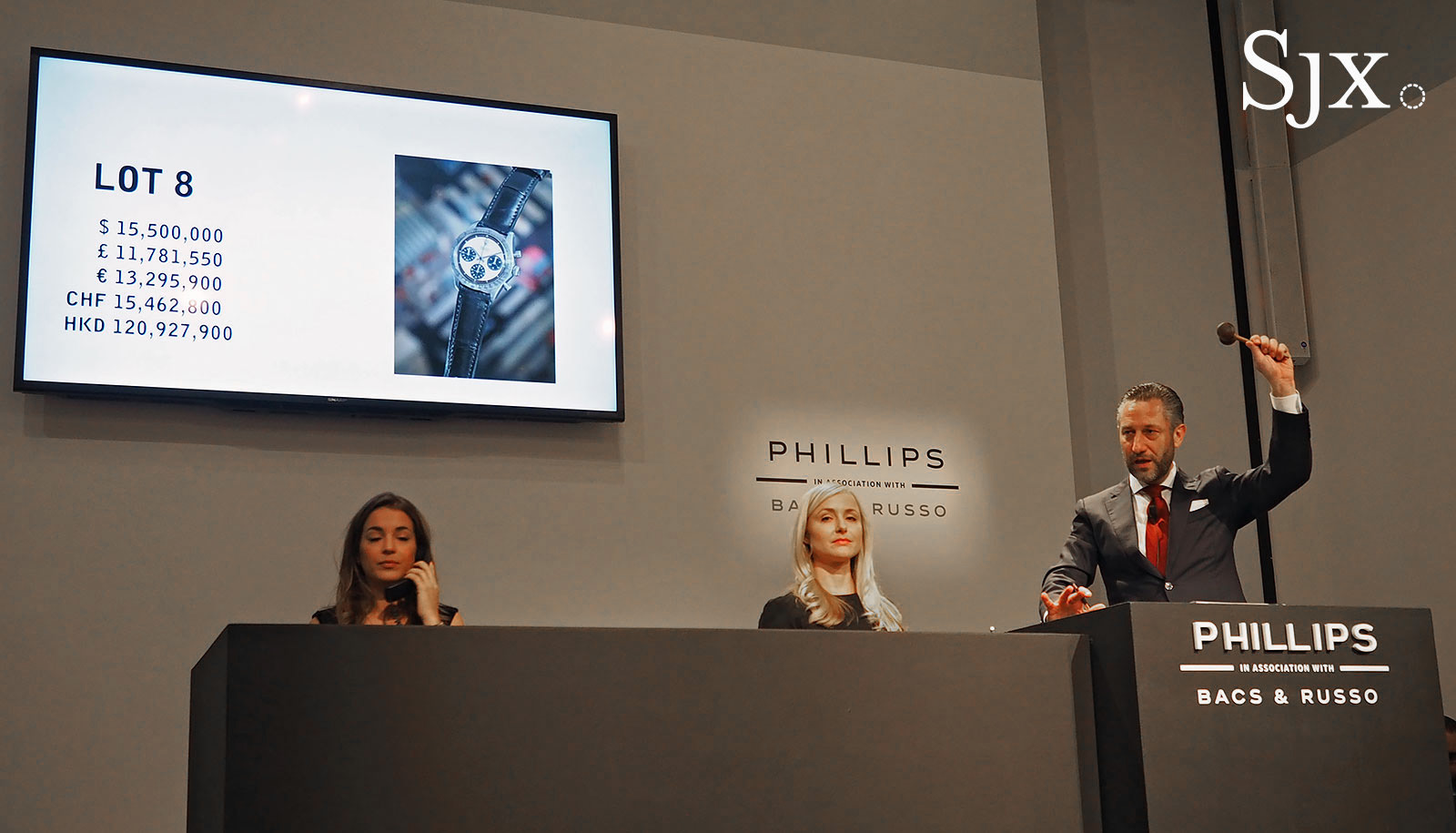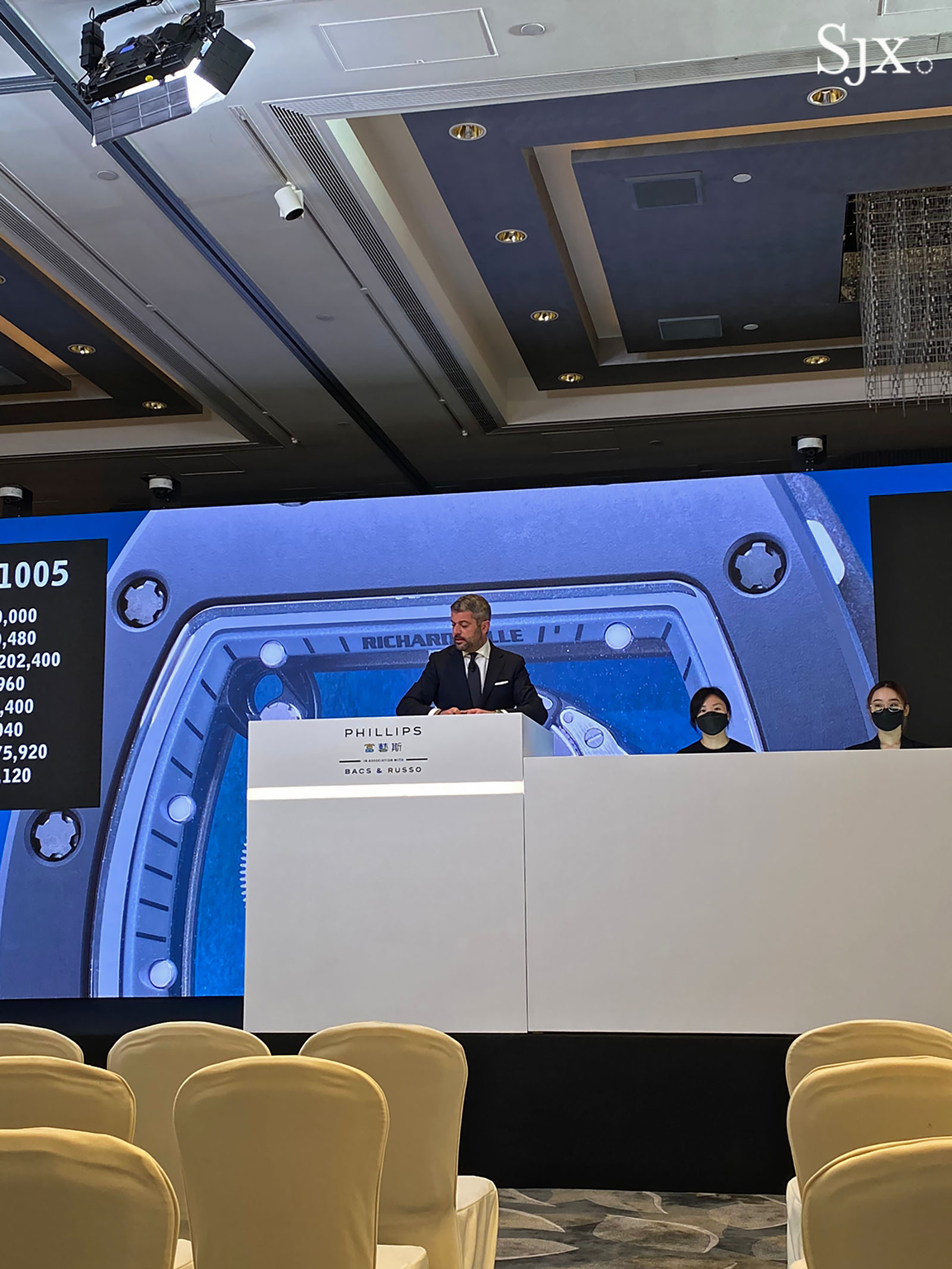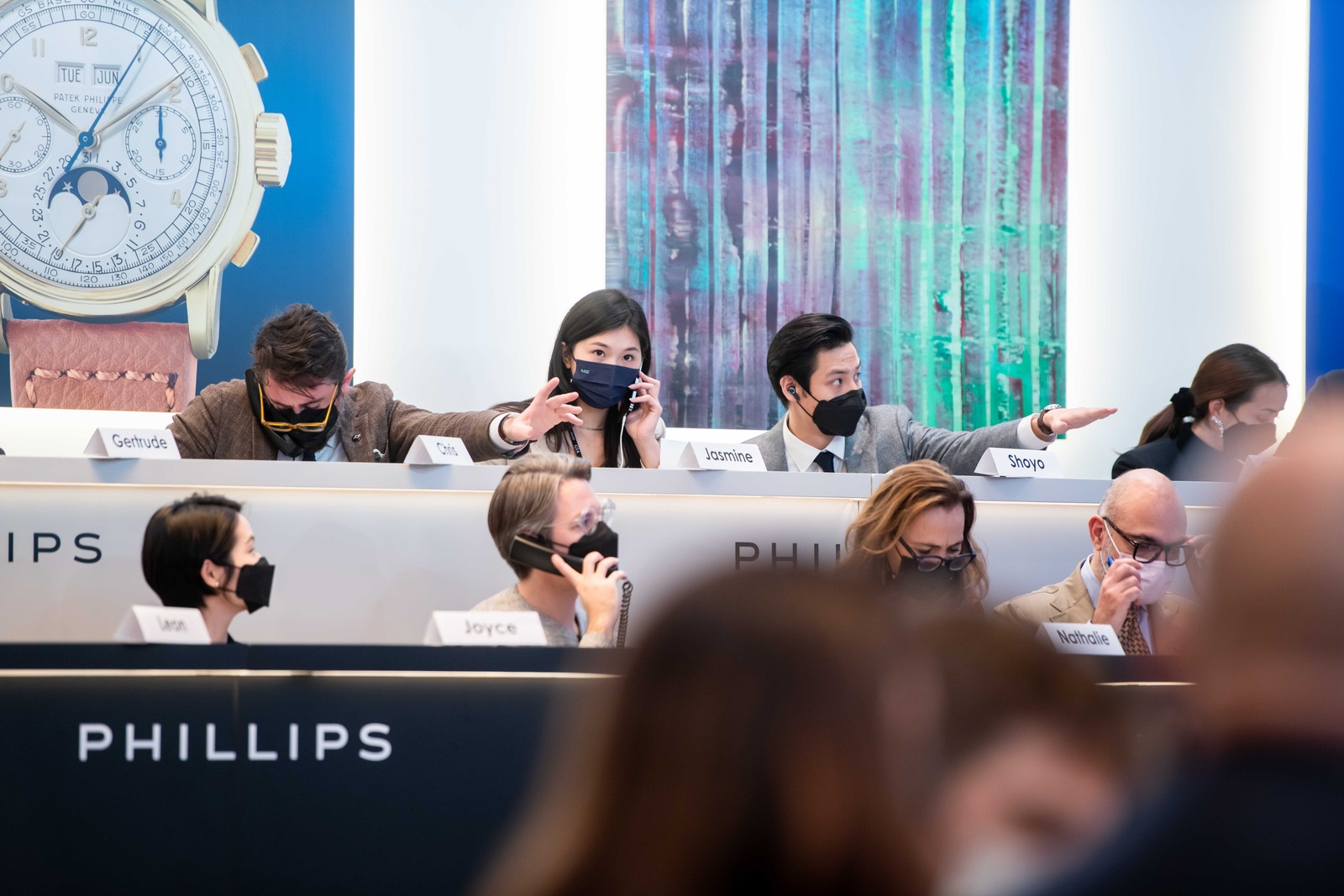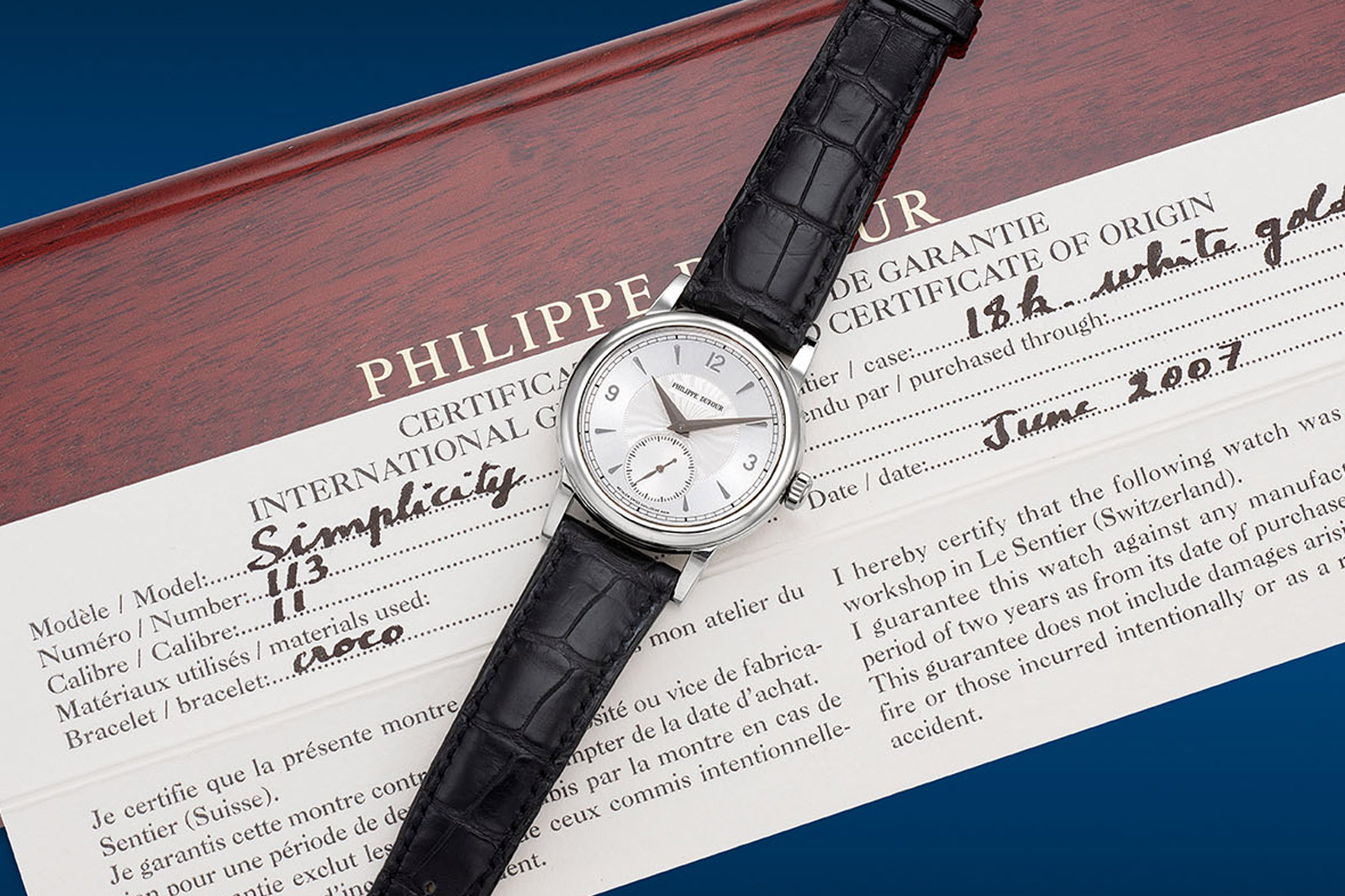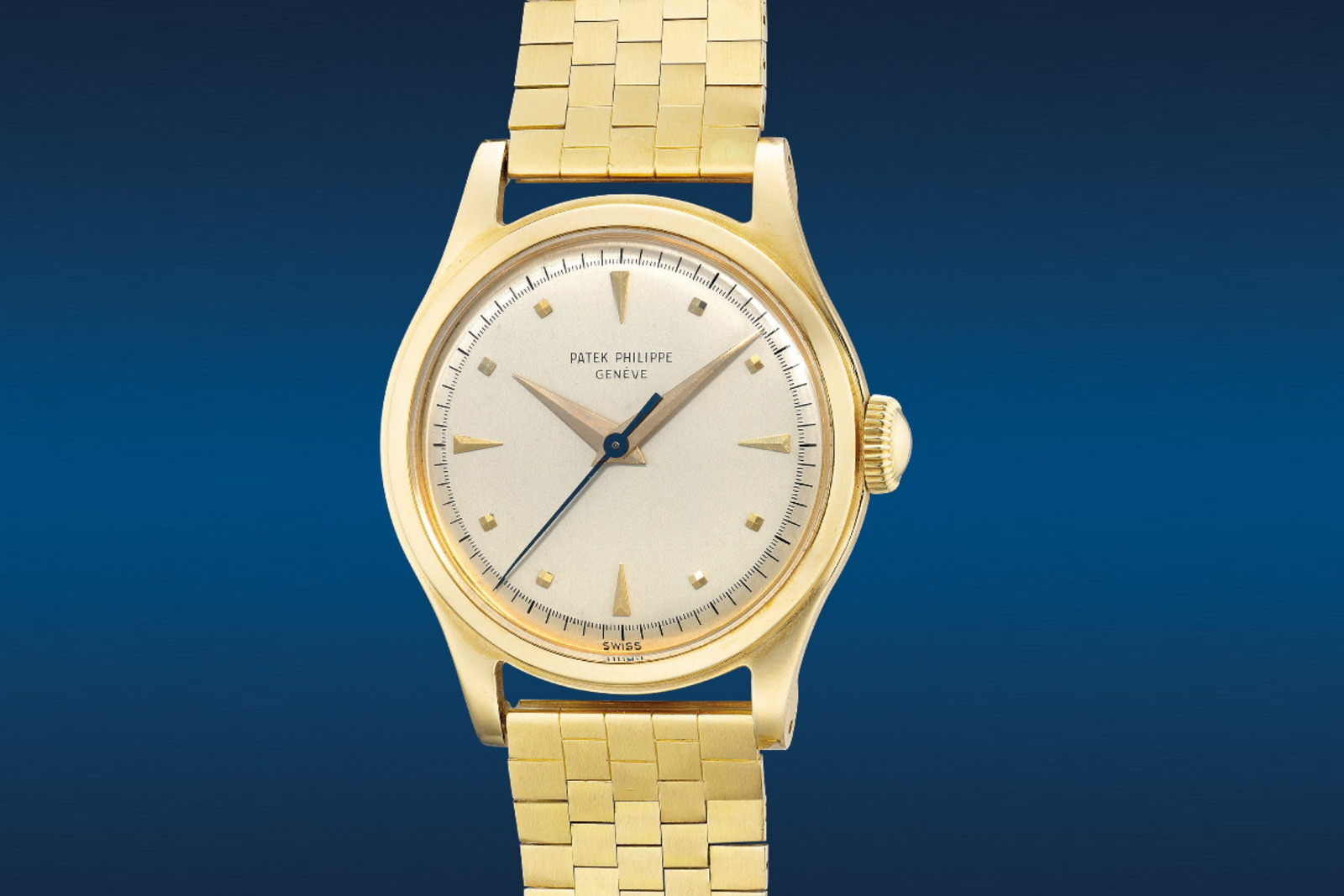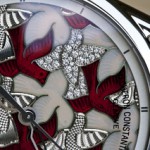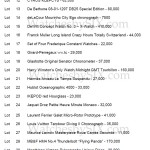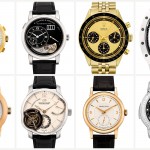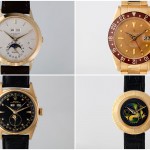Year in Review: Our Best Stories of 2022
The good and the great.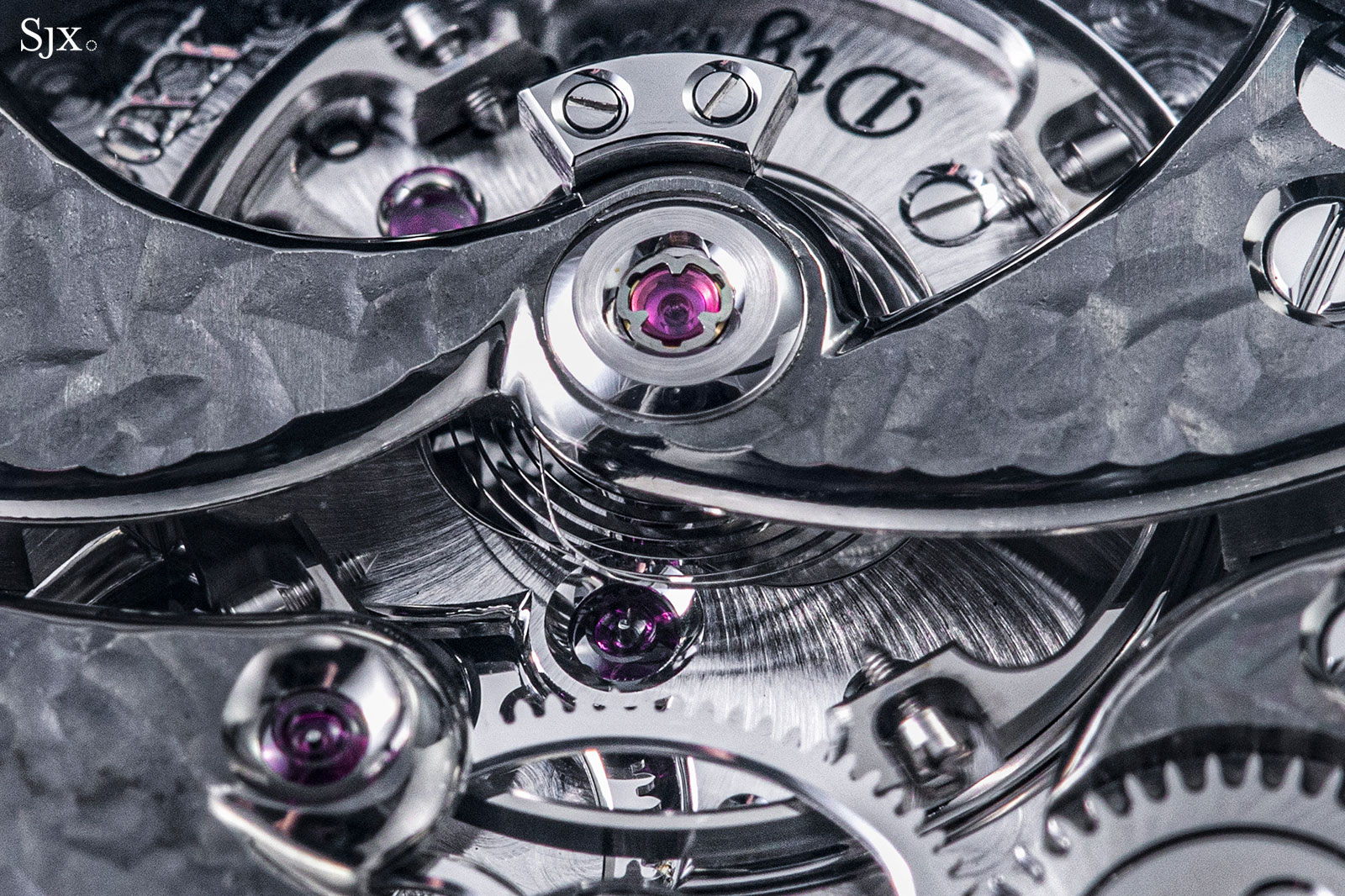
As we reflect on the past year, we’re proud of the stories we published and grateful for all of our readers – we appreciate you. Before the year closes, we want to revisit some of your favourite stories from 2022, from in-depth reviews of the most significant watches of the year to our fascinating conversations with thought leaders within the industry.
Technical deep-dives
Understanding of today’s most complex timepieces can be a challenge (even for us sometimes). But with our string of in-depth reviews, we aim to help the reader better appreciate these watches.
Amongst the year’s highlights us two-part, in-depth examination of the Grand Seiko Kodo Constant-Force Tourbillon SLGT003 (you”ll find the second part here) with its highly skeletonised movement featuring a one-second remontoir and tourbillon mounted on the same axis.
Another story with a substantial focus on Japanese watchmaking was an engineer’s perspective on quartz watches: a personal take on the complexities of the technology and why it can stand on par with the mechanical watches.
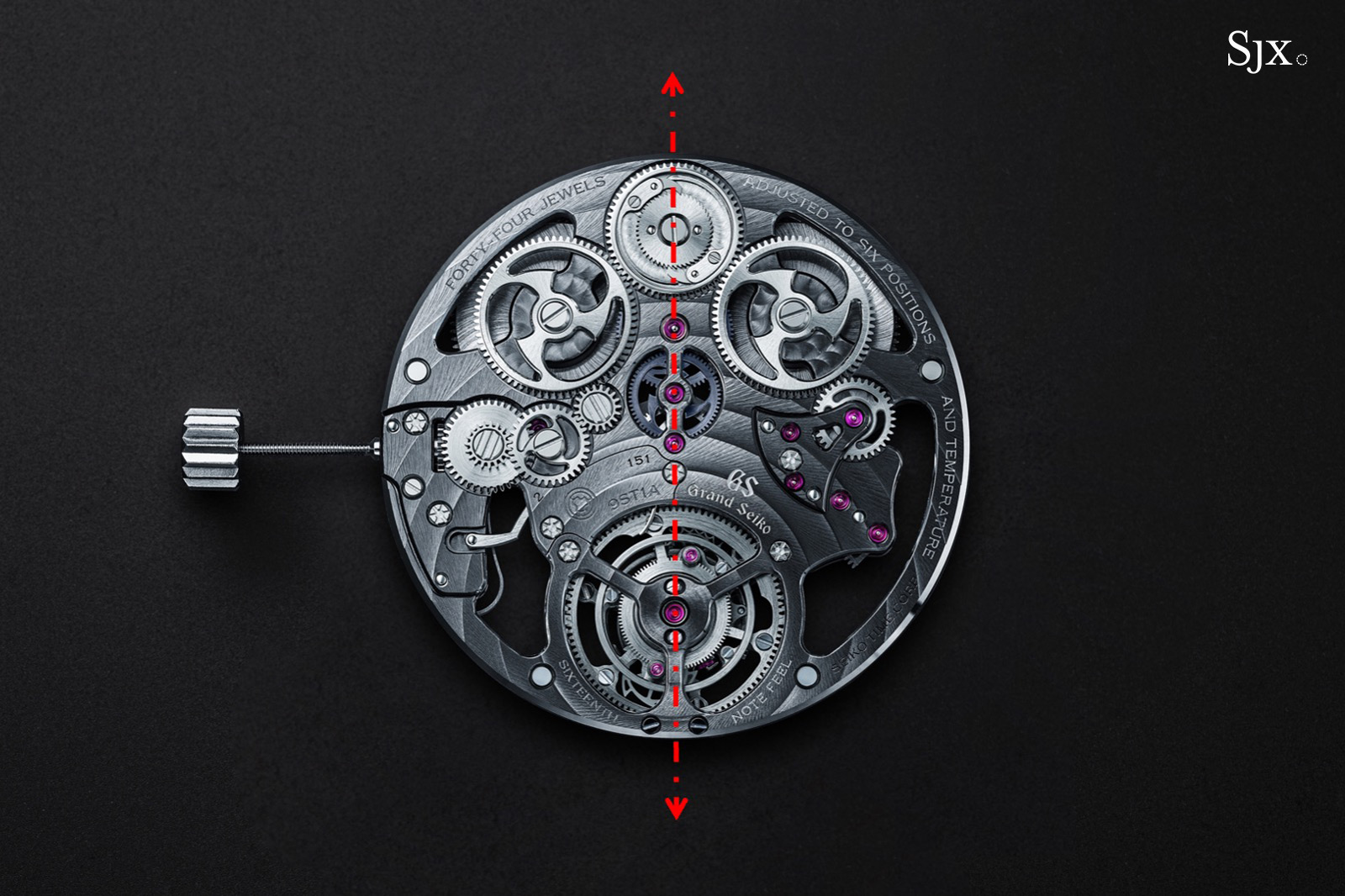
Understanding the symmetrical construction of the Kodo Constant-Force Tourbillon
We also covered more conventional high-end watchmaking, but in our unique, detailed manner. We of course looked at the second-generation A. Lange & Söhne Zeitwerk, which received a major upgrade thanks to a revamped movement.
And to help put the new Zeitwerk in context, we published a collector’s guide that compiles all the known variants of the model since its debut in 2009, explaining the short but storied history of the digital watch that began life as a sketch by the late Gunter Blümlein.

The Zeitwerk’s upgraded cal. L043.6
Another familiar watch we looked at was the Audemars Piguet Royal Oak Extra-Thin ref. 16202. We explained the upgrades of the new “Jumbo” – with an emphasis on the technical improvements – which is almost a one-for-one copy of the 1972 original but sports the brand-new cal. 7121, a necessary upgrade for the iconic sports watch.
We also gave the Patek Philippe Calatrava ref. 5226G the same treatment. Vintage inspired but a new design nonetheless, we show how the ref. 5226 points the way forward for Patek Philippe. Though an entry-level model, the watch has an elaborately executed case with a clous de Paris guilloche band matched with a patterned dial.
Another of our notable stories on Patek Philippe was a deep dive into its service centre in Singapore. We got a rare chance to visit the brand’s regional serviceing hub, where its watchmakers repair, refinish, and restore. In this behind-the-scenes look, we explored the many processes needed to bring a Patek Philippe timepiece back to factory-specified condition.
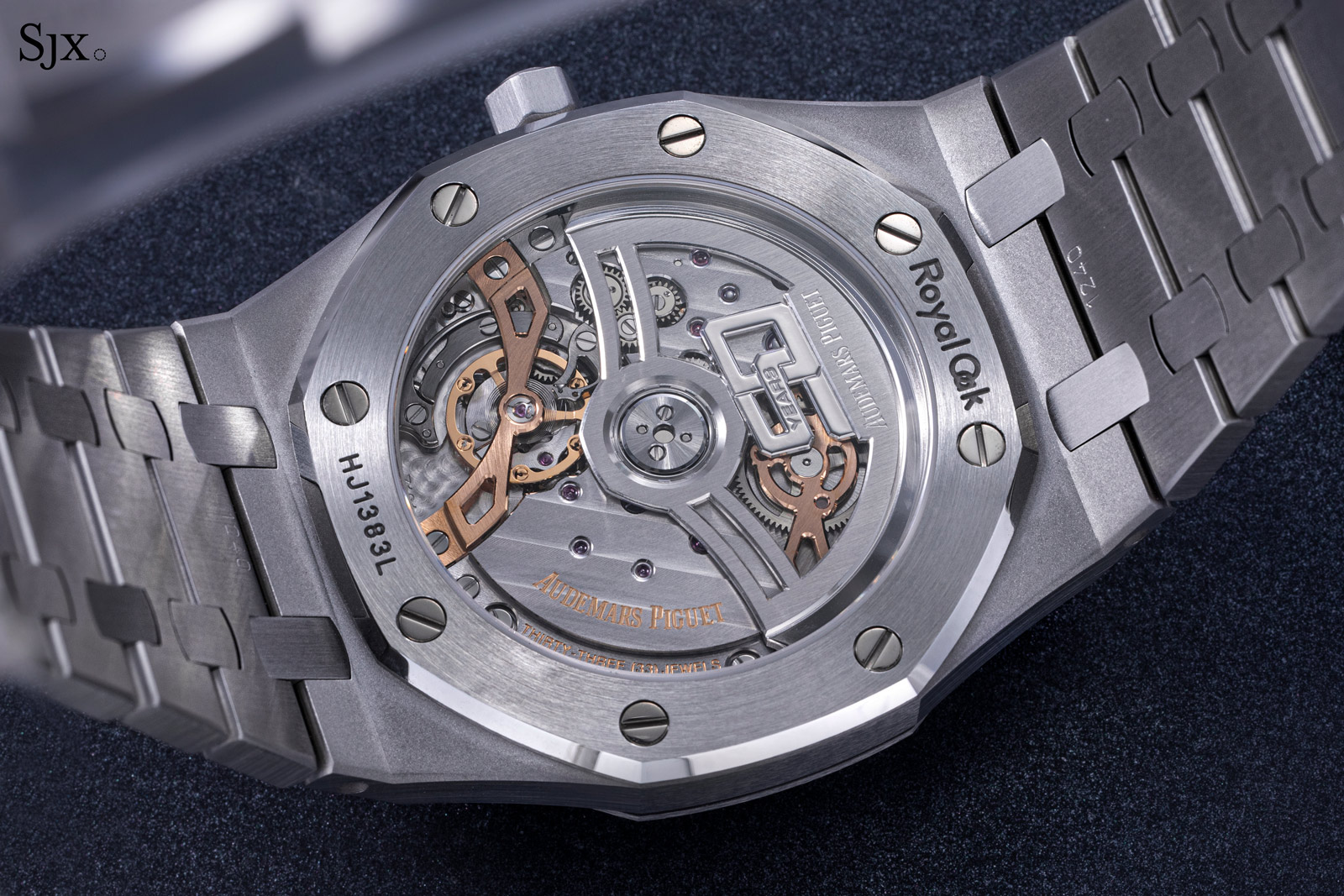
The Royal Oak ref. 16202 with the new cal. 7121
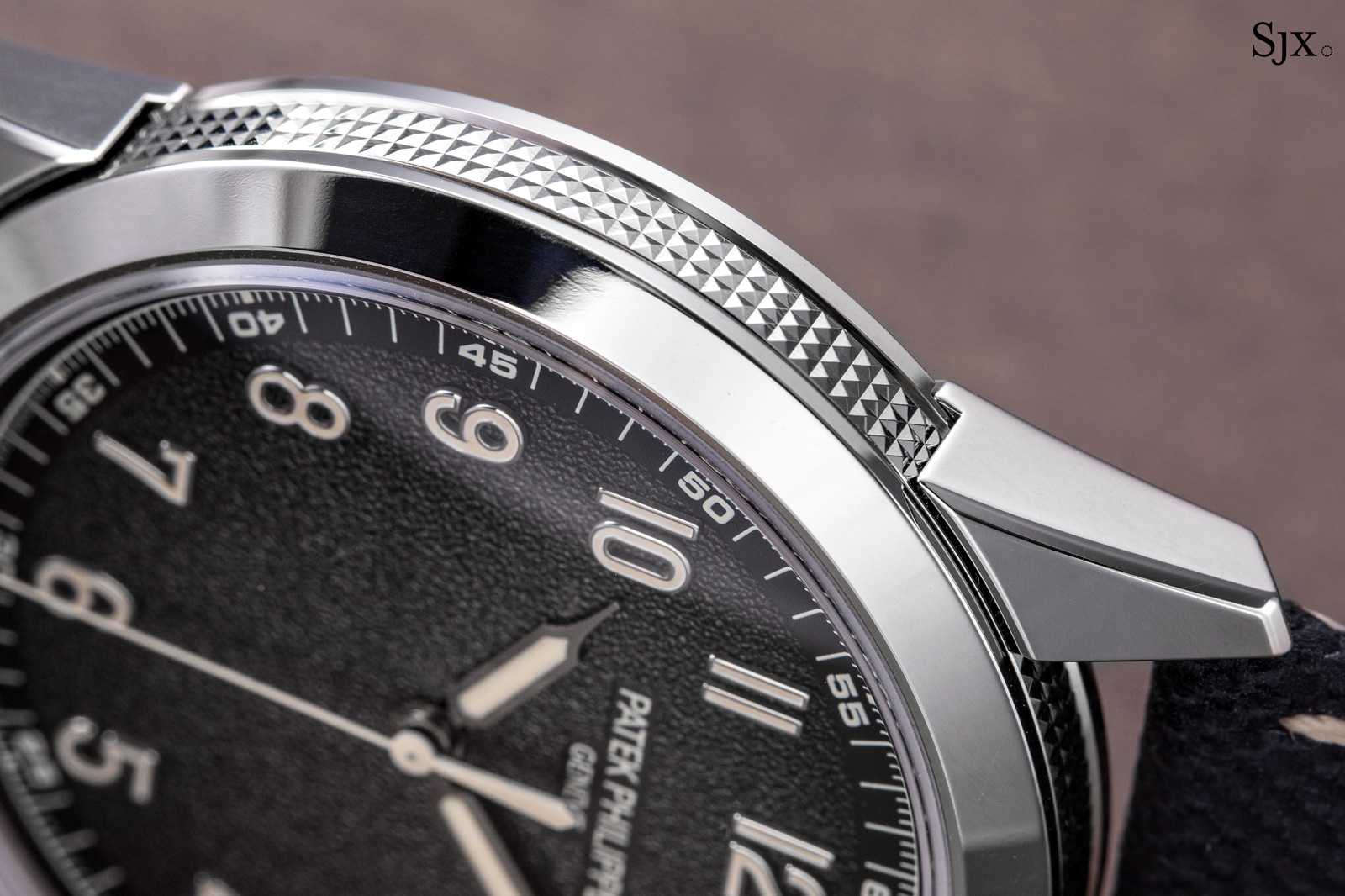
Fine hobnail guilloche on the case middle of the Calatrava ref. 5226G
Independent thought
Naturally we covered the year’s most notable in independent watchmaking. One of the standouts was up-and-coming watchmaker Sylvain Pinaud. His Origine is impressive – meticulously crafted in construction and finish – while the design is uncluttered, though he has yet to develop a strong aesthetic for his brand.
Also a one-man show, Yosuke Seikiguchi launched his first watch with the Primevère. It is an elegant composition that focuses on recreating the quality and feel of 19th-century pocket watches from the Vallee de Joux. Mr Sekiguchi even makes most of the movement with antiquated techniques, including cutting the silver bridges with a saw and file.
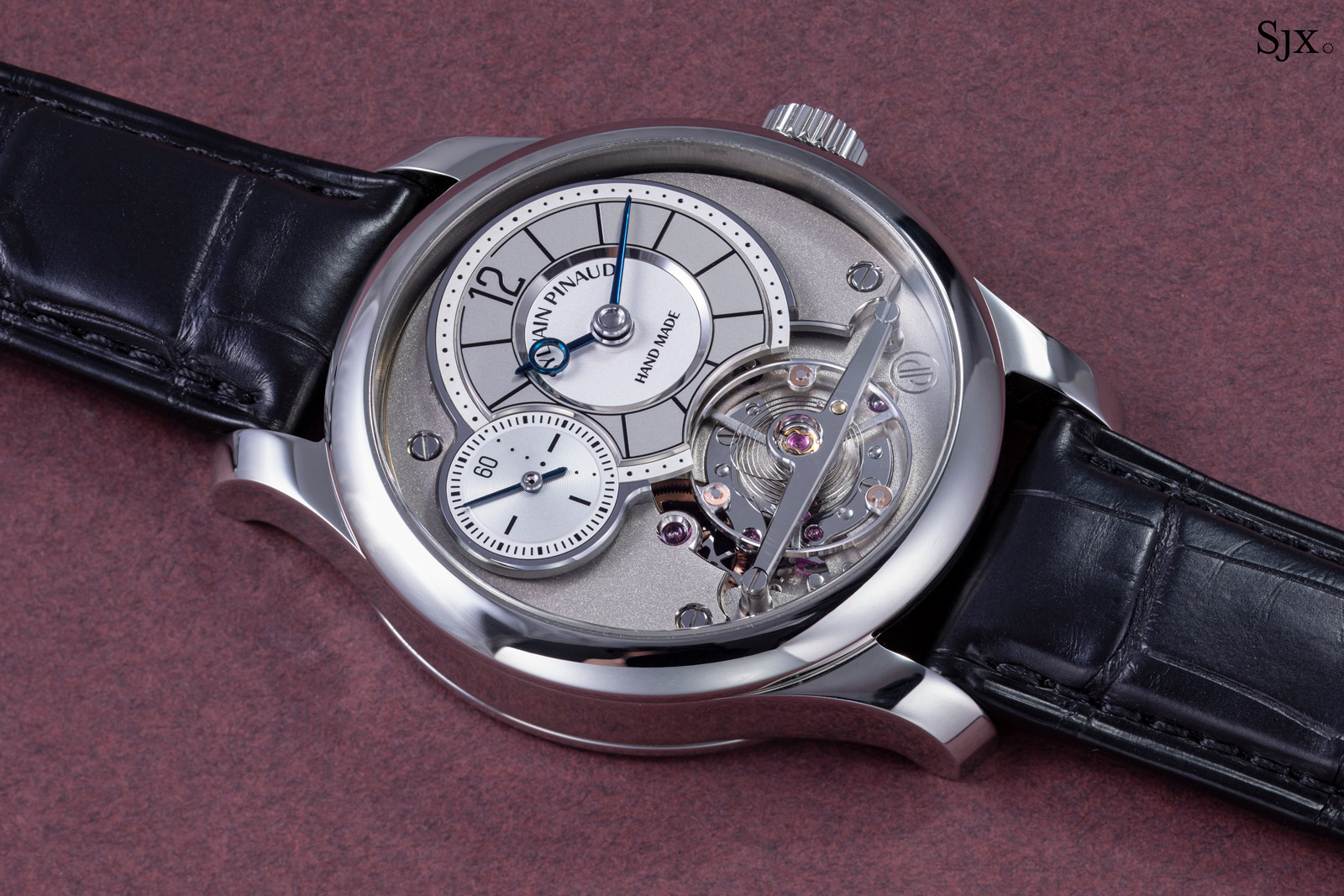
The Sylvain Pinaud Origine
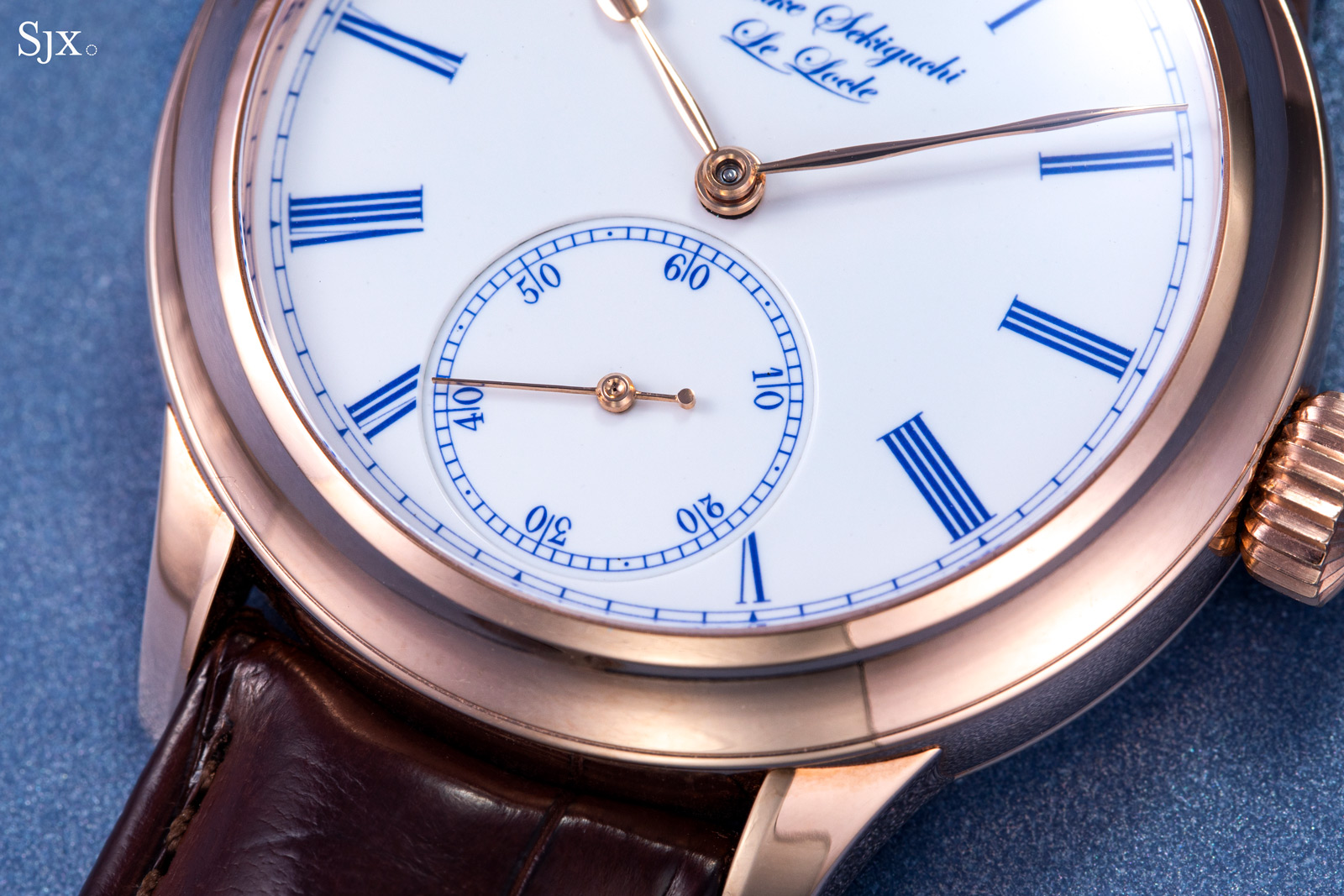
The enamel dial of the Yosuke Seikiguchi Primevère
Another watchmaker that caught our attention was Aaron Becsei. The Hungarian watchmaker collaborated with American knife maker Todd Rexford to create the Bexei Dignitas Pure “Project XX”.
It’s a striking reinterpretation of Bexei’s signature Gothic wristwatch that incorporates”hot-hammered” zirconium. Much of the watch, including the dial and movement bridges, are produced and “hot hammered” by the Mr Rexford, a custom knife maker whose blades sell for five figures. But Mr Bexei then applies his trademark fine finishing to the zirconium parts, which have traditional anglage, while the steel parts sport black polishing.
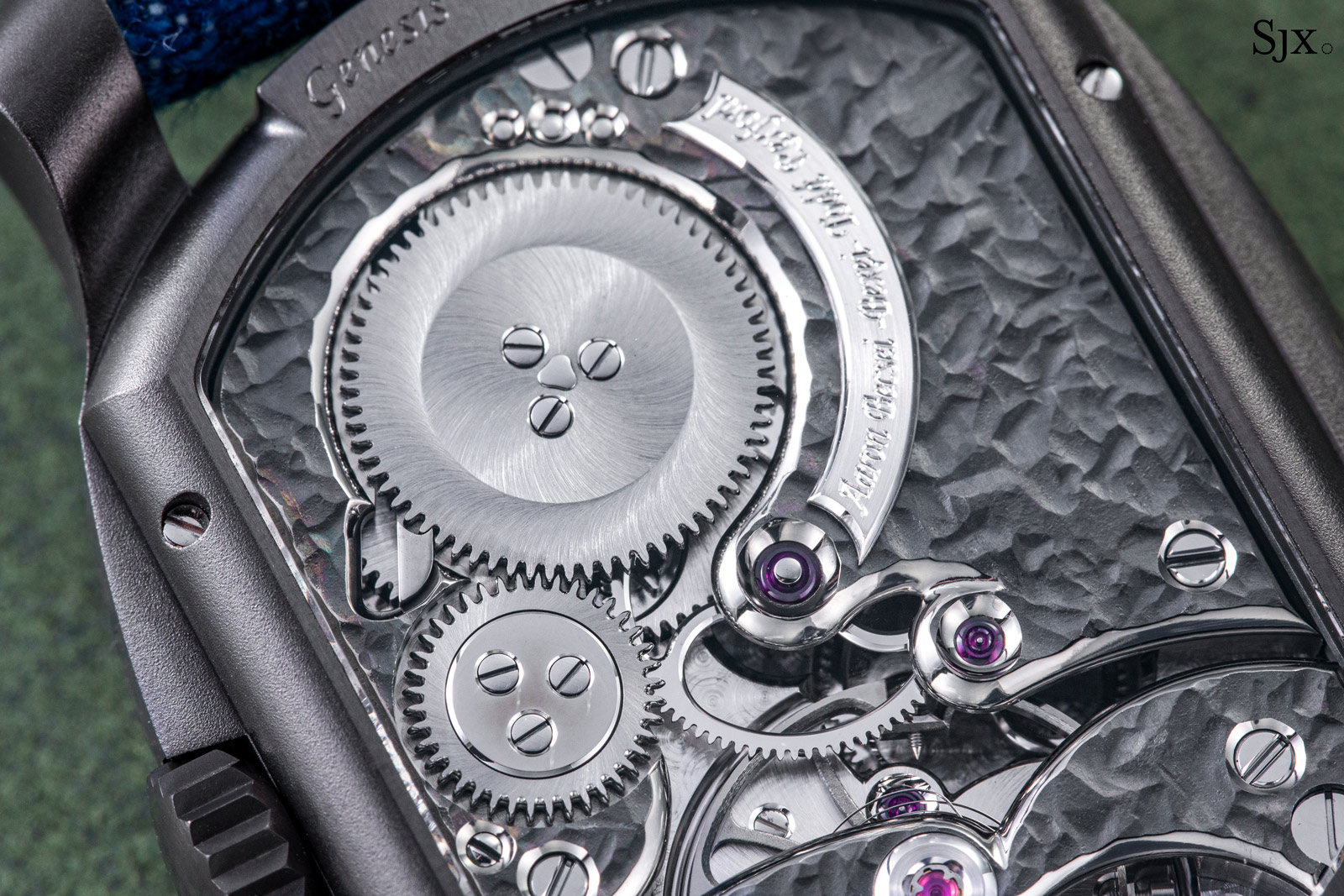
The Bexei Dignitas Pure “Project XX”
Perspectives on history
A somewhat forgotten military instrument of the Cold War, the Tutima Military Chronograph ref. 798 is perhaps the last great pilot’s chronograph – Brandon Moore explained why.
Mr Moore applied his analysis to an entirely different facet of watchmaking with his compelling examination how many watchmakers it takes to build a watch. Using the metric of “watchmaker-hours per watch”, he charts the labour intensive nature of fine watchmaking – and the less intensive nature of mass production.
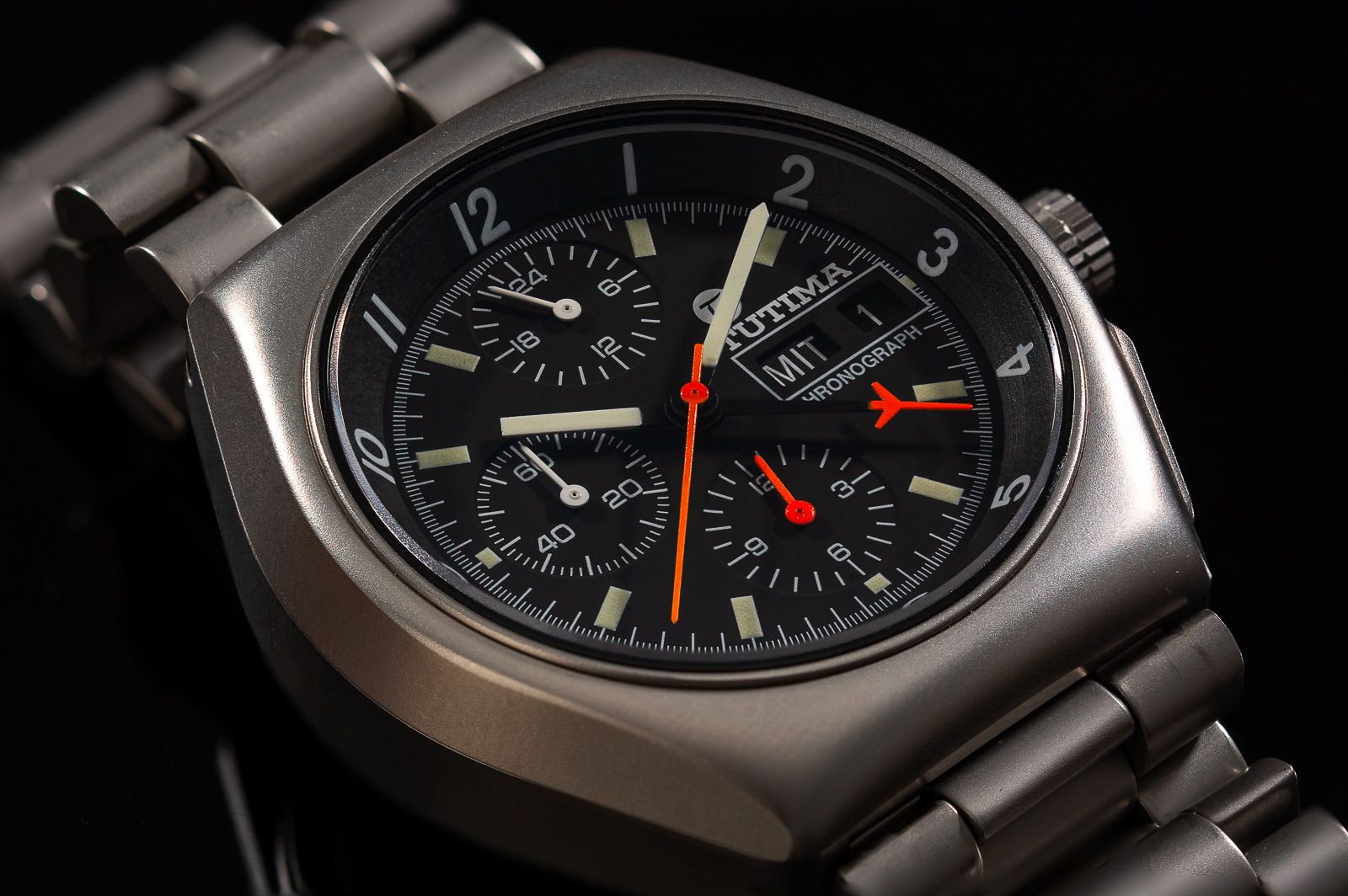
The Tutima Military Chronograph
Finally, our best stories of 2022 must include the insightful interviews with the duo who are each guardians of their respective brand’s heritage: Pierre Rainero of Cartier and Christian Selmoni of Vacheron Constantin. The conversations with the two gentlemen revealed their knowledge of watchmaking, design, and history – and how each of these can elevate a brand.
Back to top.

